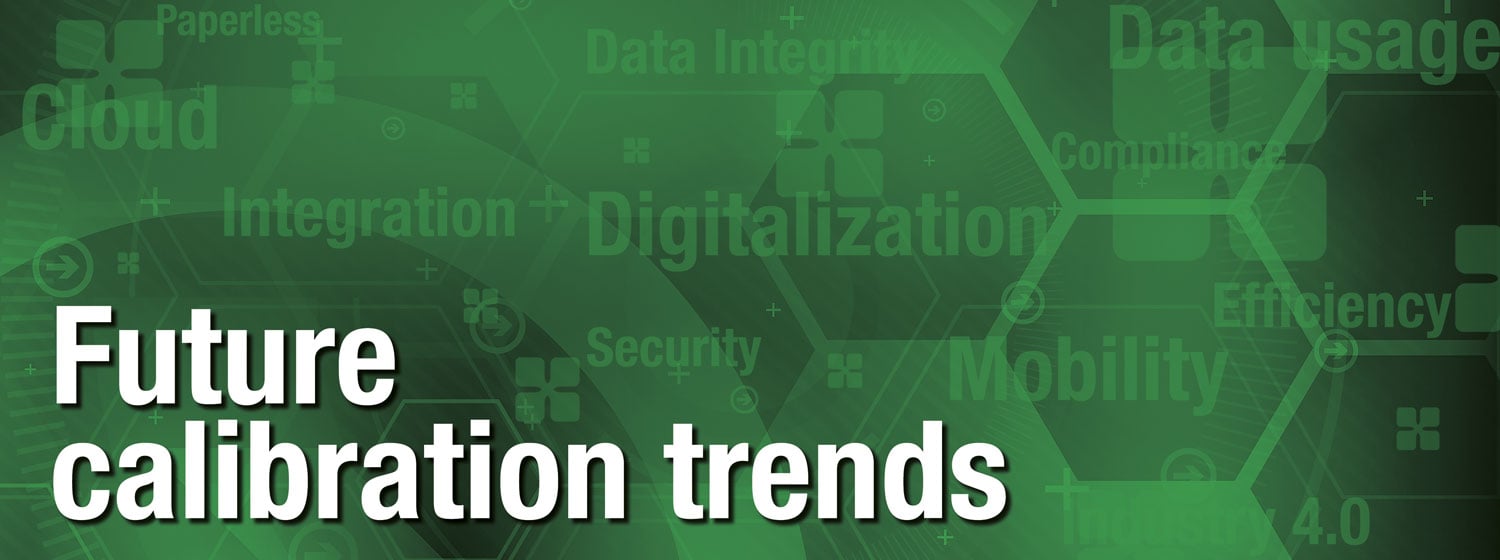
We regularly organize user group meetings for our pharmaceutical customers. During a recent meeting, we interviewed some of these pharmaceutical calibration experts on future calibration trends, and we wanted to share the result with you.
In this article, you can read what these calibration experts from the world’s top pharmaceutical companies think about calibration challenges, future trends and other calibration related topics.
The following people were kind enough to join the video interview:
- Boehringer Ingelheim, Ingo Thorwest
- Boehringer Ingelheim, Eric Künz
- Boehringer Ingelheim, Alexander Grimm
- GlaxoSmithKline, Don Brady
- GlaxoSmithKline, Simon Shelley
- Novartis, Kevin Croarkin
- AstraZeneca, Tomas Wahlgren
In addition, written replies were given by delegates from Lonza, Astellas, AstraZeneca and GlaxoSmithKline.
The following questions were asked from all of the delegates:
- What are your biggest calibration challenges?
- How do you see your calibration changing in the next 5 years?
- Do you see any future technology changes that could affect the need to calibrate or how to perform your calibrations?
- Do you see the industry digitalization changing your calibration?
You can find a summary of the interviews in the below video and also written in the “transcription” section below.
We trust that this information is useful for you and you can learn from these comments. Please feel free to share your questions and comments in the comments section at the end.
Executive summary (1 minute read)
If you don't have time to read the whole article, here is a quick-read executive summary of the article discussions:
What are your biggest calibration challenges?
For pharmaceutical companies, the compliance to regulation is naturally a vital consideration.
The challenges that seem to repeat in many answers are the challenges with data integrity, i.e. to produce calibration data without any media breaks. There is a strive to remove paper-based systems for recording and approval in calibration solutions and to digitalize the whole calibration process.
Another repeating comment is the mobility, the security and data integrity with mobile devices.
Also, the implementation of a global standardized calibration solution across the multiple sites globally is considered a challenge.
How do you see your calibration changing in the next 5 years?
The most often repeating comment is to get rid of paper-based systems and to digitalize the calibration process.
Also, integration of calibration system to other systems (like maintenance management systems) seems to be a common comment.
The use of the calibration data in other systems, is something mentioned, as well as the strive for improved mobility.
Do you see any future technology changes that could affect the need to calibrate, or how to perform your calibrations?
When discussing the future technology, the comments included: cloud technology, automatic calibration, digitalization enabling paperless calibration, more productivity with more efficient calibration, using calibration data for analysis, integration of systems, increased mobility and naturally the effects of the Industry 4.0.
Do you see the industry digitalization changing your calibration?
Most delegates commented that they will definitely be going digital and are excited to do so.
Other comments include improved data analytics, increased mobility, better connectivity of systems, expecting digitalization to improve data integrity and the development of the DCC (digital calibration certificate) standard.
Video interviews
Below you can find the highlights of the of the video interviews:
Many of the world’s leading pharmaceutical and life sciences companies depend upon Beamex calibration solutions. Book a free consultation with our pharma calibration experts to find the best calibration solution for you.
Transcription of the video
Here you can find the transcription of the above video interviews:
1. What are your biggest calibration challenges?
Ingo Thorwest, Boehringer Ingelheim
I think the challenge in Pharmaceutical industry is all about data integrity. Producing data without any media break is of an absolute importance for us.
Don Brady, GlaxoSmithKline
I would say compliance data and mobility. Compliance, because all of our data that we capture has to be ALCOA - Attributable, Legible, Contemporaneous, Original and Accurate. That's something we worked with providers and Beamex with over the years to get us to that point. Mobility, it is not as easy as implementing a mobile solution, it has to be compliant, it has to be unchallengable, and that’s where we are at today.
Simon Shelley, GlaxoSmithKline
I still think that data integrity is one of our biggest challenges that we are facing. The roll out of Beamex has certainly helped but we still get a number of issues at the sites that are slow to adopt to the solution. We need to look at the advantages we can get from using the technology to move us to paperless and hopefully reduce our data integrity issues.
Alexander Grimm and Eric Kuenz, Boeringer Ingelheim
Alexander: So, at the moment, in the pharma company, we are facing very specific regulations regarding calibration, and I think that the main challenge we have at the moment is about documentation of calibration, and managing calibration data.
Eric: From the IT point of view, we need to react on that requirement to find the right solution and to bring in more structured data input to the calibration management solution.
Kevin Croarkin, Novartis
I think that until very recently and probably still now, is the ALCOA process and data integrity issues in general.
The other major challenge that we have, is a lot of calibrations are being externalized. Meaning in the past, we would have had internal people, on site doing the calibrations, where now, we have companies that come in and do the calibrations for us.
2. How do you see your calibration changing in the next 5 years?
Tomas Wahlgren, AstraZeneca
I think it is going to be more integrated with other systems, like the CMS and other types of applications, like laboratory systems or something like that.
I also see that we must increase the speed of how we perform the calibrations, because it must go quicker and easier, but of course we still need to have the quality in it.
Don Brady, GlaxoSmithKline
Integration. Integration of data; it is not just a matter of gathering calibration data and archiving it, it is now a matter of integrating it with data from the systems that we have taken the calibrations from, and using all of that to create a big picture of the machine we are actually working on.
Ingo Thorwest, Boehringer Ingelheim
In the next few years or so it will definitely change into digitalization. Avoiding media breaks, being more and more in partnership with contractors that come in.
Simon Shelley, GlaxoSmithKline
I am not sure that calibration itself will change that much, but I think the way that the data will be used will change tremendously. There will be a lot more data usage and therefore the liability of that data will go up.
Alexander Grimm and Eric Künz, Boeringer Ingelheim
Alexander: My assumption is that the pure calibration process: how you handle a real instrument might not have that many changes. But again, talking about documentation, we really hope to get more digitalized, to get rid of paper, to have a completely lean and digital process in the future.
Eric: That also means for me that for process execution, we bring in the right technology, mobile devices and improved data input media in place, which also means change to IT from an infrastructure point of view, because we have to make sure we have the right infrastructure in place like wireless solutions, Wi-Fi connection or maybe offline capabilities.
Kevin Croarkin, Novartis
My vision would really be, first of all, that we are not using any paper.
Taking that forward is where our external companies are coming in with their own tools, doing the job and literally just sending us a digital file transfer afterwards when they have the job completed.
3. Do you see any future technology changes that could affect the need to calibrate or how to perform your calibrations?
Ingo Thorwest, Boehringer Ingelheim
All technology avoiding media breaks will become more and more important and will change our way of calibrating. Developing technologies in these environments, in cloud technology, will definitely be one of the changes of the next years
Don Brady, GlaxoSmithKline
At the moment we are doing a lot on machine learning, predictive maintenance, which will hopefully lead to less calibration. We look at that we have calibrated this machine 10 times in the last 5 years and it has not failed, so now just let us calibrate it 5 times in the next 5 years. Machine learning has a big part to play in that as well, where we think it is going to automate the whole calibration scheduling and the whole calibration act; where a user can just step back, click a button and go, and it will work seamlessly always remaining compliant, and aligning to the ALCOA goals mentioned previously. That is how we see it changing.
Simon Shelley, GlaxoSmithKline
First of all, we are moving into more paperless integrated solution, so, as our technicians go more paperless for all our activities, calibration will be just one of those routines that is also paperless.
So, I think we will use the data more increasingly for diagnostics and to try increase productivity and just make the operators life more simple by giving them more data available in their hands. I think mobile technology is going to be a real driver for that.
Alexander Grimm, Boeringer Ingelheim
By the hope of a higher grade of digitalization, we hope that we have significant improvement in regards of data integrity, but on the other hand also savings and efficiency.
Kevin Croarkin, Novartis
Obviously, at the moment predictive maintenance and digital engineering are the buzzwords in our industry.
I think sometimes people forget that there is a commonly used maintenance pyramid where at the very bottom it is reactive, and then you work your way up where you do preventive maintenance, you’re doing condition-based maintenance, predictive and the proactive. So, it’s really encompassing that whole triangle.
I think the other side to it is that we are moving toward a more digital and mobile workforce as well.
Obviously with the latest version of CMX and bMobile, we now have a situation where our technicians are able to go into the field, particularly into the hazardous areas where there is no Wi-Fi, with a tablet that they can hold in one hand, which is a massive improvement from the past when they needed a backpack to carry on the front of them.
4. Do you see the industry digitalization changing your calibration work?
Ingo Thorwest, Boehringer Ingelheim
We will go digital, definitely. We see our company already going this way, we see other companies doing this already. It is not only for calibration, it is in all feeds of processing data. So, being on paper in 5 years, nobody will talk about that anymore.
Tomas Wahlgren, AstraZeneca
More data analytics, we are collecting a lot of data and we use the data for planning for the future. If we can use a big amount of data from calibration, we can prepare and say that we do not need to calibrate so often, or we can change the way of calibration.
Don Brady, GlaxoSmithKline
In the 3 to 5 year period. I think it is just about making it easier for the technicians to do calibrations, and again with mobility.
You need the data that we are historically collecting, so that we can analyze where machine learning fits best.
That is the biggest change that is coming and obviously internet 4.0. All of those things will play and apparent part where everything is connected, and everything is integrated.
Simon Shelley, GlaxoSmithKline
The digital revolution is exciting and lots of people are investing in it heavily. I think in the area that is going to amplify is the vulnerability of the OT space, operational technology.
With cybercrime going up, we are seeing a number of suppliers more integrated to themselves being victims themselves and that's having a secondary impact on us.
I think we will see a growth in that interconnectivity between companies as they offer services to each other, but I think we are also going to see an increased focus on the OT cyber security.
Other relevant blog posts
If you found this article interesting, you could also like these blog posts:
- Common Data Integrity Pitfalls in Calibration Processes
- Data Integrity in Calibration Processes
- How a business analyst connected calibration and asset management [Case Story]
- Calibration in Times of Digitalization - a new era of production
- Calibration Trends Featuring Automation & Digitalization [Webinar]
- Do more with less and generate ROI with an Integrated Calibration Solution
Many of the world’s leading pharmaceutical and life sciences companies depend upon Beamex calibration solutions. Book a free consultation with our pharma calibration experts to find the best calibration solution for you.
Beamex’s solution for pharmaceutical industry
The world’s leading Pharmaceutical and Life Science companies depend upon Beamex calibration solutions. Our solutions have been developed for over 40 years by combining our own experience and feedback gained through close partnerships with our customers to help them achieve their calibration related goals of compliance to regulation and productivity gains.
Many of these customers have selected Beamex CMX calibration software, calibrators and comprehensive launch and support services for their enterprise-wide solution. Calibration data has been connected and shared with their globally deployed ERP, maintenance system or instrument and asset management system, to achieve end-to-end paperless calibration, streamlined processes and truly mobile working, while maximizing the integrity of the data to achieve the highest levels of compliance.
The Beamex calibration solution fulfills the requirements of 21 CFR Part 11 and other relevant regulations for electronic records, electronic signatures and data integrity. The CMX calibration software version 2.11 introduced the “Mobile Security Plus” feature, which offers enhanced functionality and is compatible with offline mobile devices, such as the Beamex MC6 family of documenting calibrators and tablets/smartphones with the Beamex bMobile calibration application. This enhancement further lowers the risk of ALCOA violations by identifying those using offline mobile devices by their electronic signature and prevents offline data tampering.
We offer tools for the mobile worker including calibration references for pressure, temperature and electrical signals, the Beamex MC6 family of portable documenting calibrators and the Beamex bMobile application for tablet-based data entry for use in clean rooms to the most arduous of industrial environments with the ability to document and sign calibration results in the field. Beamex mobile security plus technology ensures these portable devices deliver the highest levels of data integrity, well in line with regulations such as FDA and MHRA.
Please contact us to discuss how we can help you!
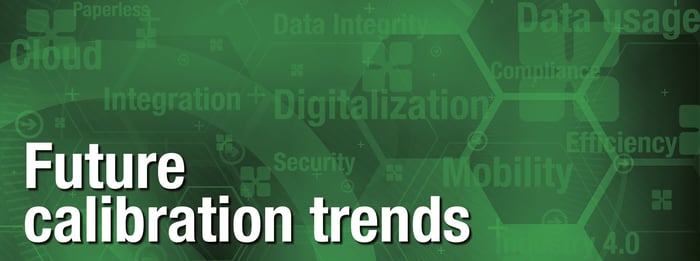

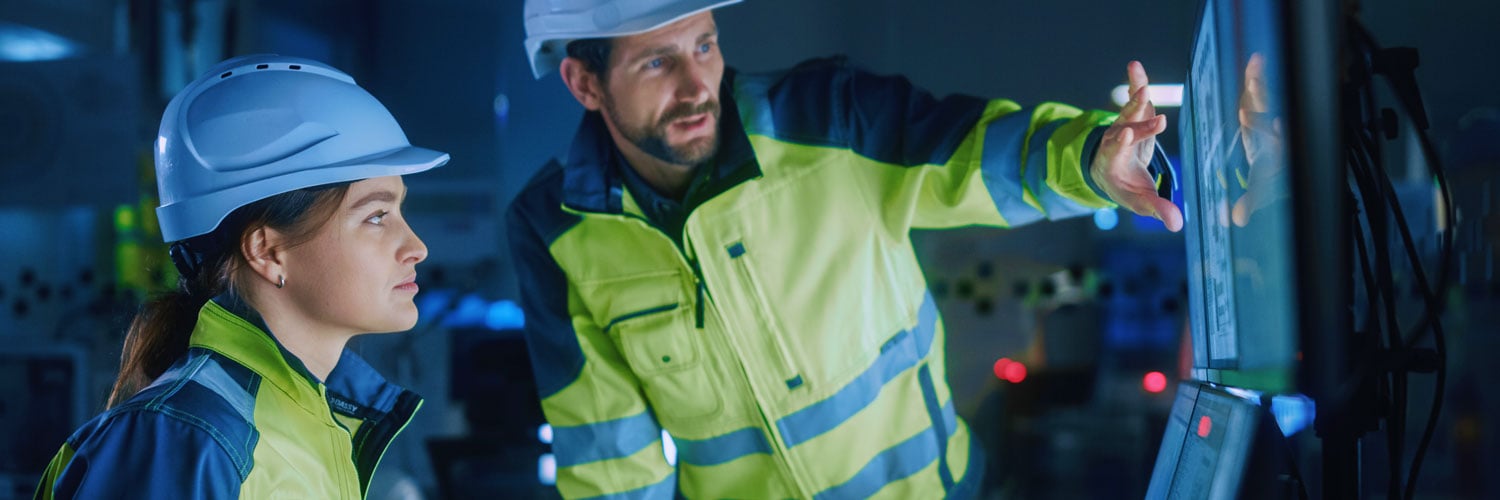

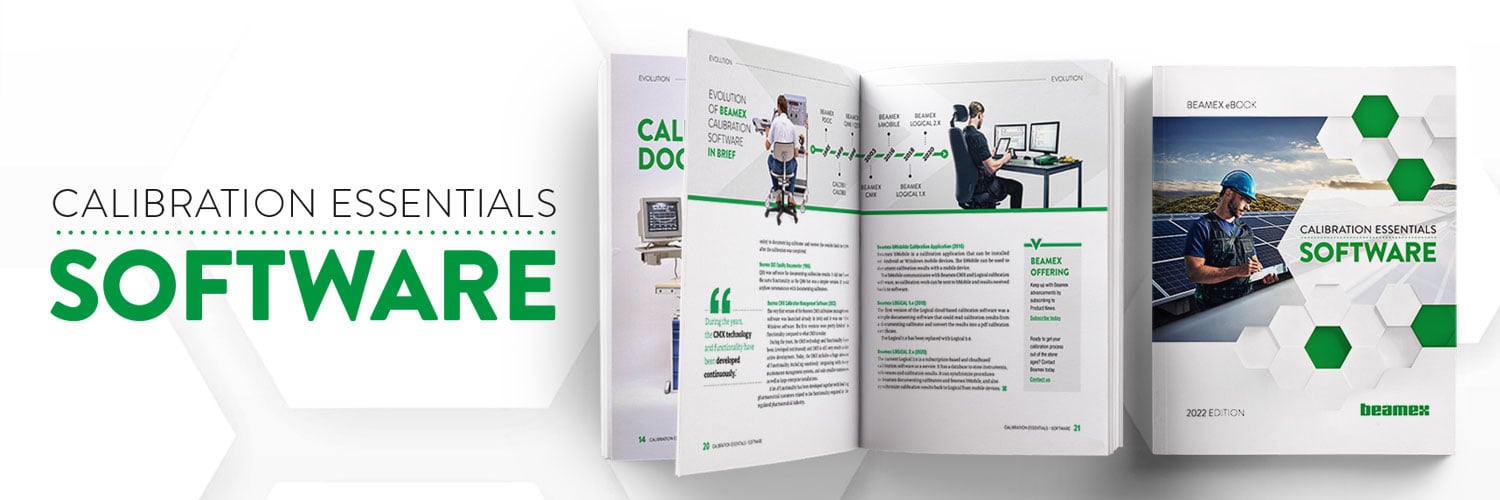


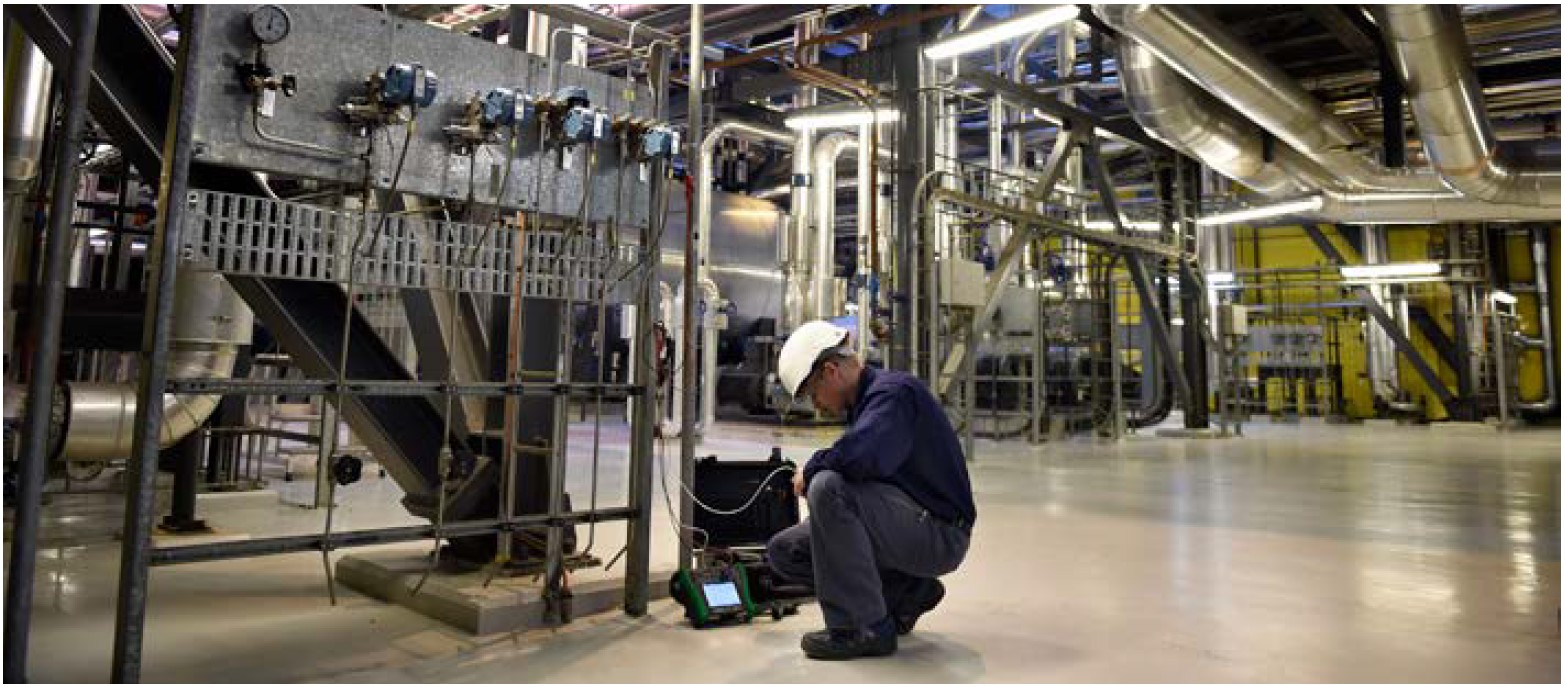



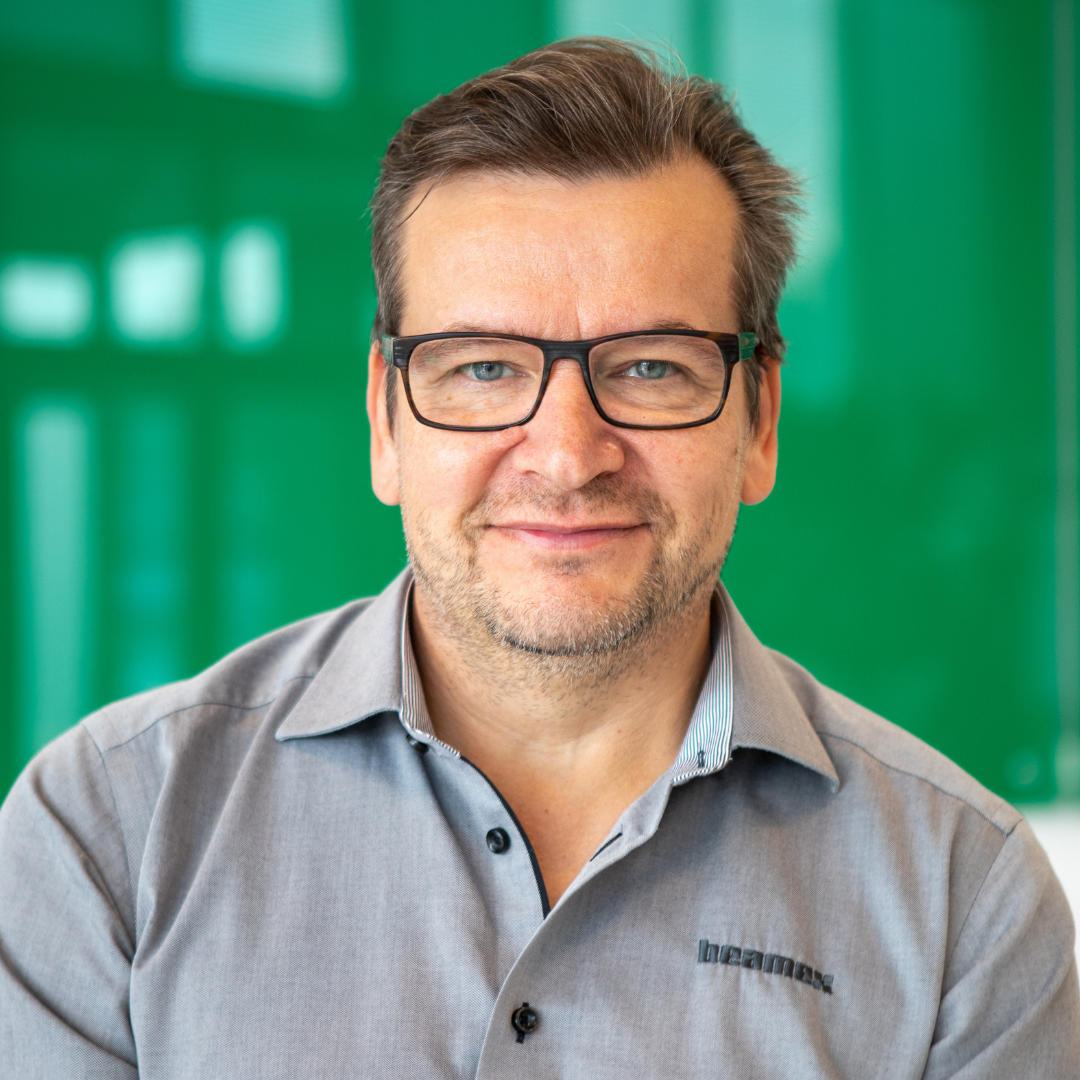









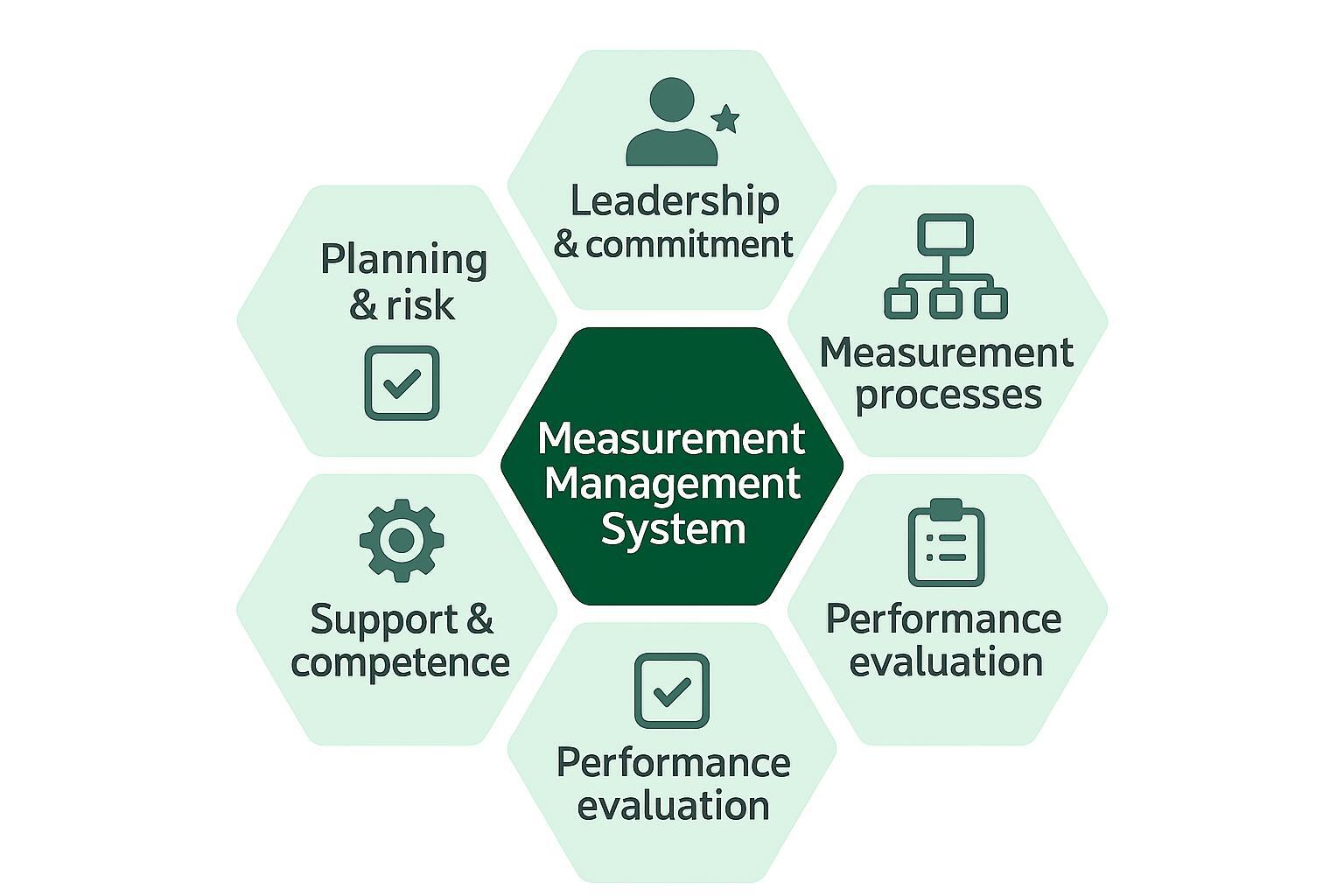

.jpg)





.png)
Discussion